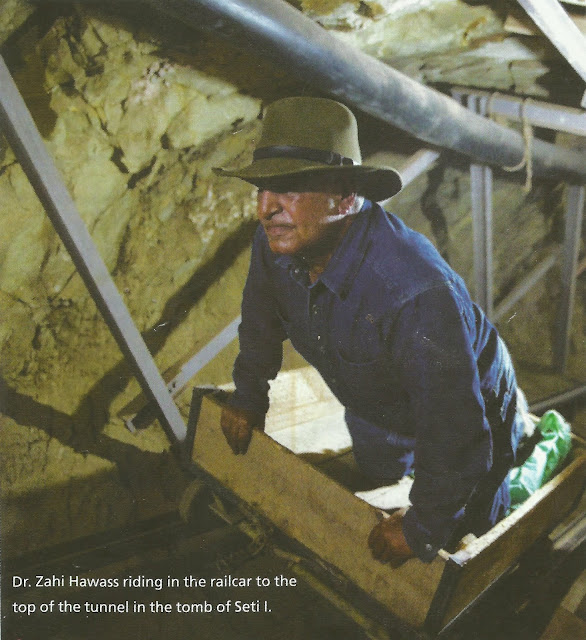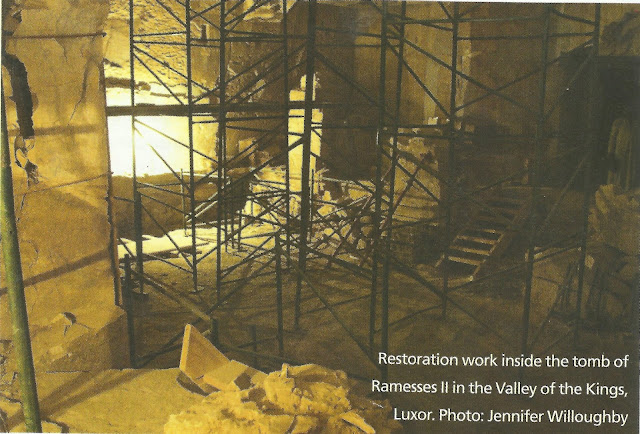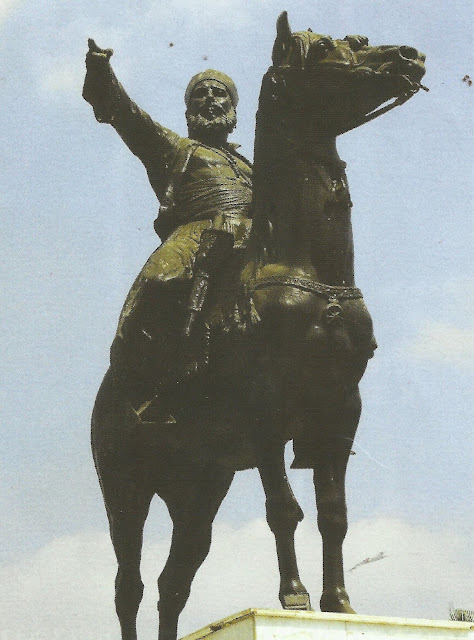comingup
Must-see events around the world
October
1 National Day
Fireworks, China
Celebrating its sixtieth
anniversary, National Day commemorates the founding of the People's Republic of
China with its annual display of nearly 23,000 fireworks over Victoria Harbor,
Hong Kong.
. . . . . . . . . . . . . . . . . . . .
. . . . . . . . . . . . . . . . . . . .
2 San Francisco LovEvolution, USA
America's largest dance music celebration blasts its tunes through
San Francisco's Civic Center Plaza for the seventh year running. It showcases
the latest in electronic, house and hip hop music, attracting nearly 100,000
people from around the world. The event, say organizers, also highlights the
principles of love, peace and tolerance. www.sflovevolution.org
. . . . . . . . . . . . . . . . . . . .
. . . . . . . . . . . . . . . . . . . .
4 Pharaons International Cross Country
Rally, Egypt
(October-4) Cars, trucks, 4x4 vehicles and motorbikes hit the
desert for a nearly 3,000-kilometer trek through Egypt's five main oases. The
event starts and ends at the feet of the Sphinx on the Giza Plateau. The
Pharaons rally is part of the official rally circuit for the Fédération
Internationale de l'Automobile and Fédération Internationale de Motocyclisme.
www.jvd.it/2010
. . . . . . . . . . . . . . . . . . .
. . . . . . . . . . . . . . . . . . .
6 Armed Forces Day, Egypt
In 1973, Egyptian forces crossed the Sinai Canal in a surprise
attack on Israeli forces. Using high-powered water hoses to dissolve the sand
fortifications, the Egyptians broke through the Bar Lev line. The victory
eventually led to the return of the Sinai Peninsula to Egypt.
. . . . . . . . . . . . . . . . . . . .
. . . . . . . . . . . . . . . . . . . .
(October 2-9) Europe's
largest sailing race sees professionals and amateurs competing in everything
from high-tech vessels to weathered dinghies. More than 2,000 boats participate
in the race each year in the port town of Trieste. www.barcolana.it
. . . . . . . . . . . . . . . . . . . .
. . . . . . . . . . . . . . . . . . . .
13 Festival of Lights, Germany
(October 13–24) Berlin shines bright with two weeks of fireworks
and light displays, illuminating world-famous landmarks and putting a spotlight
on the architectural and cultural attractions of the city. www. festival-of-lights.de
. . . . . . . . . . . . . . . . . . . .
. . . . . . . . . . . . . . . . . . . .
16 Canterbury Festival,
United Kingdom
(October 16–30) Canterbury has hosted this festival since 1929,
when it was used to showcase new plays. The festival now also embraces film,
dance and musical theatre. www.canterburyfestival.co.uk
. . . . . . . . . . . . . . . . . . . .
. . . . . . . . . . . . . . . . . . . .
22 Abu Simbel Sun Festival, Egypt
Ramses Il skillfully angled
his temple so that light would grace the inner sanctuary twice a year: on his
birthday and coronation date. The October celebration commemorating the
Pharaoh's birthday, draws visitors from around the world to watch the sunrise
flow into the temple. A music festival follows.
. . . . . . . . . . . . . . . . . . . . . . . . . . . . . . . .
. . . . . .
. . . . . . . . . . . . . . . . . . . . . . . . . . . . . . . . . . . . . .
November
5 Sharmarathon, Egypt
The clear waters of Ras Mohammed National Park set the scene for
this 21-kilometer race. The sixth edition of the half marathon takes
participants from around the world through the protectorate, starting and
ending at its gate as runners navigate an unusual racetrack. www.sharmarathon.com
. . . . . . . . . . . . . . . . . . . .
. . . . . . . . . . . . . . . . . . . .
8 World Travel Market, London, United Kingdom
(November 10–13) The annual
World Travel Market (WTM) is a must-attend business-to-business exhibition for
the travel industry. Egypt Air is a proud participant in the WTM.
www.wtmlondon.com
. . . . . . . . . . . . . . . . . . . .
. . . . . . . . . . . . . . . . . . . .
9 Cape Times Big Walk, Cape Town, South Africa
With eight different
courses ranging from five kilometers to 80 kilometers, the Big Walk is one of
the oldest largest mass sports event in the world. Nearly 30,000 people join
the Cape Times Big Walk, founded in 1903, every year, with funds raised going
to charity. www.bigwalk.co.za
. . . . . . . . . . . . . . . . . . . .
. . . . . . . . . . . . . . . . . . . .
(Est. November 14–19) Nearly 3 million Muslims make the pilgrimage
to the holy city of Mecca, Saudi Arabia. Al-Hajj is one of the five pillars of
Islam.
. . . . . . . . . . . . . . . . . . . .
. . . . . . . . . . . . . . . . . . . .
16 Eid Al-Adha
(Est. November 16) Also
known as Greater Bairam, this four-day Islamic holiday commemorates Prophet
Abraham's obedience to God. Muslims sacrifice a sheep and distribute the meat
among the less fortunate. Eid Al-Adha is a public holiday in Egypt.
. . . . . . . . . . . . . . . . . . . .
. . . . . . . . . . . . . . . . . . . .
18 Ficksburg Cherry Festival, South Africa
(November 18–20) The northern town of Ficksburg hosts this
festival in celebration of the national cherry harvest, which yields nearly 500
tons of the fruit each year. www.cherryfestival.co.za
. . . . . . . . . . . . . . . . . . . .
. . . . . . . . . . . . . . . . . . . .
19 Loi Krathong, Thailand
(November19–21) An
illuminated boat procession drifts down the Chao Phraya River while cultural
performances and other light shows add to the festivities in this annual
celebration. The Krathong, or banana leaf cup, is intended to carry ill fortune
away and express apologies to the river goddess Ganga. www.loikrathong.net
. . . . . . . . . . . . . . . . . . . .
. . . . . . . . . . . . . . . . . . . .
30 Cairo International Film Festival, Egypt
Keep your eyes peeled for some big Hollywood names as stars flock
to Cairo to attend the thirty-fourth edition of its world-renowned film
festival. Egypt has been the filmmaking hub of the Middle East for more that 70
years, and continues this tradition, showcasing a selection of Arabic and
foreign movies in this much-anticipated annual event. www.cairofilmfest.org
* Dates and venues are subject to change..












